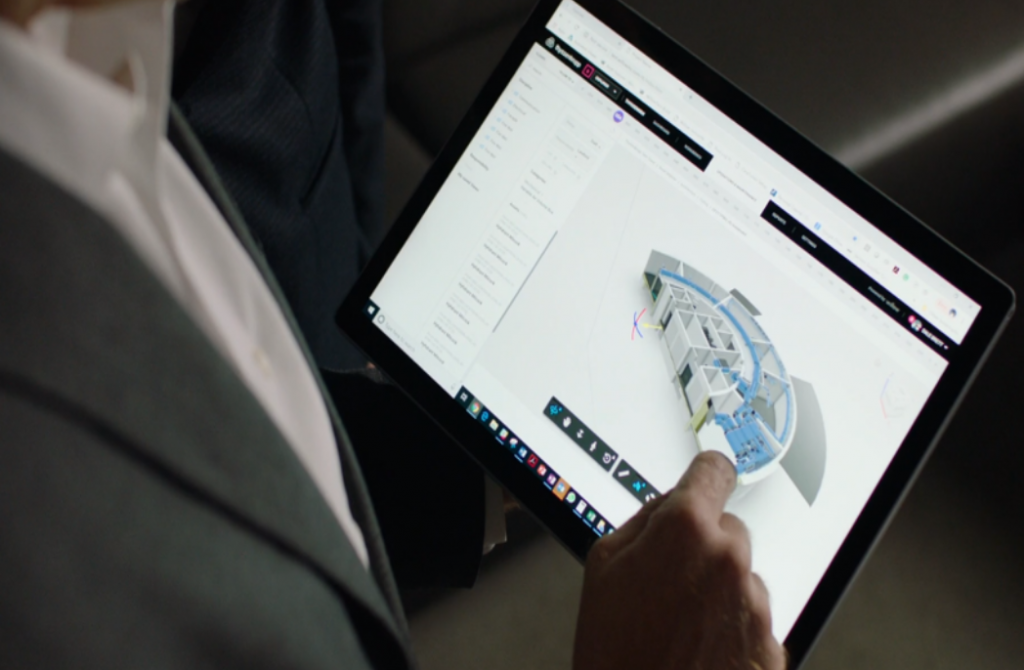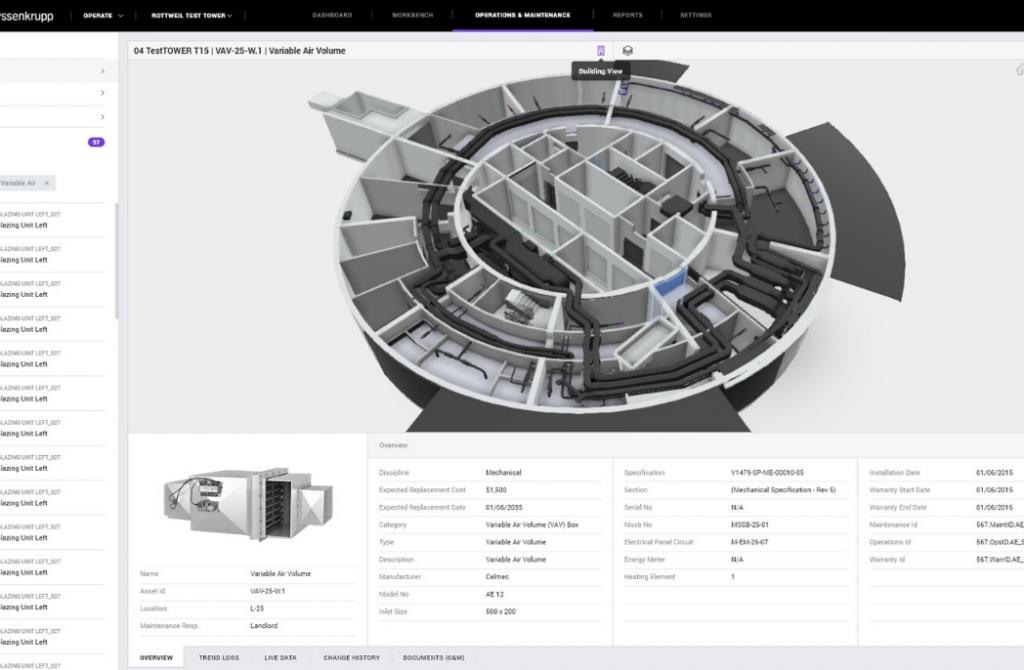
Twin peeks – Willow and digital twinning
Share
Digital twinning is fast becoming an invaluable tool for those working the built environment. ADR talks to Tom White from Willow, who explains how the technology is revolutionising the sector.
In simple terms what does WillowDigital do?
Tom White: Willow is the digital twin for the built world. We are a technology company revolutionising the way we design, build, operate and interact with the built environment. Through our software and services, we are converting bricks-and-mortar assets into living, learning, evolving digital twins. From the outset, we’ve had an entire arm of our business, WillowDigital, which works at the design and construction phase of a building’s life to enable its digital twin. This expertise in architecture, digital engineering and information structuring allows Willow to introduce digital twins to the building owner very early in the project. This allows Willow to shape the customer’s digital and technical requirements prior to the general contractor being appointed; we work with the supply chain to deliver to this strategy. This part of our business feeds directly into our software platform, WillowTwin, to ensure that at the end of construction we have the basis of a digital twin.
What is the particular innovation behind the idea?
The Internet of Things (IoT) is not a new concept. If you go into an IoT conference, however, there are a lot of black boxes doing wonderful things, but there’s no hub that connects all these things together. We saw an opportunity to connect these disparate systems and enhance the live data, which is connection to a building’s individual assets, but also a connection to its users – the experiential part of a property and the thing that really matters: people. Every day, buildings produce huge amounts of data, from occupants, to the equipment that powers and measures operations. Sadly, most of this valuable information goes to waste, lost in fragmented digital forms that are locked away in proprietary systems. The loss of this data has a negative impact on bottom line performance, and owners are throwing away inestimable untapped value.
The real estate industry has historically struggled to embrace technological innovation. Major providers have fallen short in their ability to remain adaptable for future needs. This means that owners have very little data ownership, their information is isolated in individual buildings’ systems, and they face the threat of cyber breaches or great financial cost every time they introduce a new technology at scale. One of our clients, Investa, is championing a technological change for every building across its portfolio, where it is looking to have a new improved user experience.
We are working with the company to empower you as the building user to access a multitude of innovations linked to the building, enabling you to connect, understand and instantly action more about your environment. We see that the demand for digital twins is also fuelled by behavioural changes in occupants and owners. Occupants are demanding more from their space, accustomed as they are to extensive personalisation and customisation in other aspects of their lives (smartphones, media consumption, even culinary choices). Owners, meanwhile, are hungry to understand what is important to today’s tenants and their employees, and what the future will hold.
Using this type of data, we can optimise the workplace, improve satisfaction with space, and increase real estate performance. Most importantly, owners will be able to anticipate change and develop timely solutions to address that change.

When was Willow established?
It really started in 2011, and then it quickly evolved. Willow’s origins were in the architectural design, documentation and construction of complex projects. We were an early adopter of Building Information Models (BIMs), and it was a natural progression for us to move from BIM to twin. Once a BIM has been generated through the design and construction phase, it makes sense to convert it into a digital twin by enriching the spatial data with both static and live data. This includes the asset register, maintenance logs, warranties and O&M manuals – as well as including live data from the building management system, people data, weather and other live sources.
Can you talk about a particularly interesting project Willow has completed?
One thing that we are enormously proud of is the delivery of two of Investa developments (60 Martin Place, and Barrack Place in Sydney). These projects were delivered from a digital engineering perspective, linking to the WillowTwin platform. Willow was able to achieve 100 percent handover to the client on the day of practical completion by commissioning and uniquely incorporating all assets into the digital twin. All building information, live, reporting and actionable on day one.
This new digital twin process saved the contractor and ultimately the client a substantial amount of money. Handover and commissioning can be a very protracted process; however, with our team working hand in hand with the contractor and the client, it was successfully achieved on the day Investa took the keys.
Willow is still quite new in its current form. How do you see it evolving in the near future?
The smart building revolution is still in its early stages. However, we believe that the implementation of 5G technology across the developed world, as well as the continued proliferation of IoT, will drive significant growth in the smart building market. For Willow, I see a world where the parts of the company play to their strengths. Digital twins will undoubtedly be a new technology category that Willows plan to lead.
For the architects, we will begin to see digital twin requirements from the outset, so it is important that the architecture world begins to understand what digital twins are and what they can achieve. This will not change the architects’ process, however. You’ll always need someone with a design pencil trying to work things out with the information available. Architecture in my view will remain its own principled art, informed by the world around it. It is just that with digital twins we will know more, much more.

This article first appeared in AR162.
















